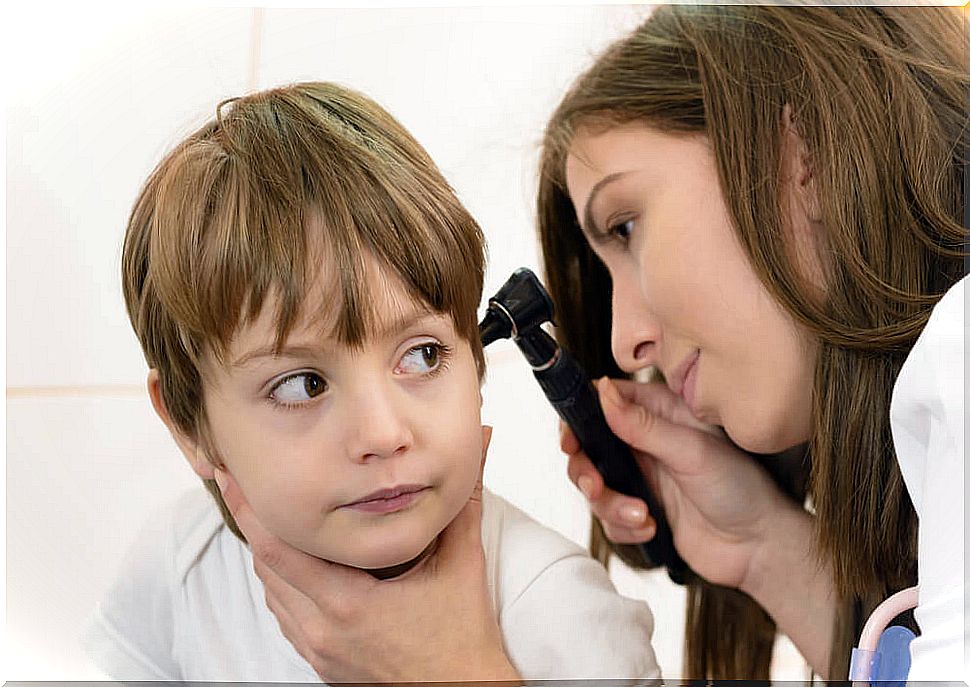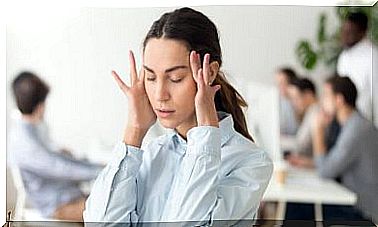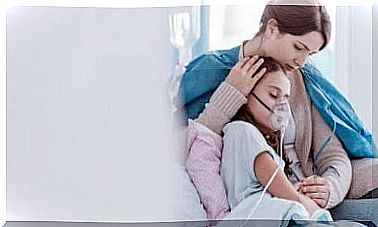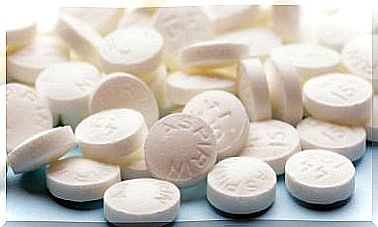One In Ten People Could Lose Their Hearing According To ENT Specialists
One in ten people could suffer severe hearing loss in the next 30 years if risk factors, such as exposure to loud noise, use of drugs that are toxic to the ear, and poor diet, are not reduced. This was warned by the Spanish Society of Otorhinolaryngology and Head and Neck Surgery (SEORL-CCC).
This warning was made known within the framework of the Hearing Day, celebrated on March 3. Experts allege that, according to data from the World Health Organization (WHO), there are 34 million children in the world who suffer from disabling hearing loss, of which 60% are due to preventable causes.
The WHO also notes that there are another 432 million cases of deafness affecting young people and adults around the world. According to that entity, by the year 2050 the figure could increase to 900 million affected, which means that one in ten people could suffer a serious loss of hearing.
Young people: a population at risk
The WHO notes that around 1.1 billion young people are at risk of severe hearing loss, due to their frequent exposure to loud noise in recreational settings. People between 12 and 35 years of age are the most exposed to this type of stimulus.
Dr. Luis Lassaletta, president of the Otology Commission of the SEORL-CCC, pointed out that it is not easy at all to create awareness among young people about the risks of an environment with a high level of noise. Many of them frequent discos, bars and concerts, and all of them are spaces where the decibels are very high.
Likewise, the use of hearing aids and the continuous use of the mobile phone are risk factors. The experts explained that when using these devices, not only the intensity of the volume counts, but also the time of exposure to it.

Hearing, nutrients and drugs
Poor nutrition is another factor that affects hearing loss, at all ages. Recently published studies link the consumption of sugar and some alcoholic beverages, such as beer, with deafness, especially in older people.
Dr. María José Lavilla, president of the Audiology Commission of the SEORL-CCC, pointed out that high levels of cholesterol, obesity and diabetes also contribute to hearing loss. Added to this is the consumption of alcoholic beverages, smoking and a sedentary lifestyle.
Likewise, the specialist indicated that the frequent use of some drugs is also related to the loss of hearing function. Medications such as ibuprofen, aspirin, diuretics, and antibiotics from the aminoglycoside group are considered ototoxic. Therefore, its consumption should be moderate.

Prevention in children
In the case of people under 15 years of age, 60% of hearing loss cases are due to preventable causes. In this segment, in particular, it is very important to take some basic measures to prevent the emergence of this problem.
The most important thing is to take care of the mother’s health during pregnancy and vaccinate children against childhood diseases. 31% of deafness cases originate from infections such as measles, mumps and others. In turn, 17% have to do with premature birth, low birth weight and asphyxia during labor.
It is also essential to consult with the doctor to carry out tests for otitis media and to regularly evaluate the hearing of children. Early diagnosis significantly improves the prospects for treatment and cure.
Simple steps to care for your hearing
Many of the sound devices include a feature called “sound mapping.” It is software that tracks listening habits and issues warnings when entering unsafe terrain for hearing. The WHO-ITU standard recommends that all devices have this function.
The WHO also recommends not exposing yourself to high noise levels, at any age and in any environment. If necessary, protective headphones or earplugs should be used. Regular medical check-up is also very important to detect and solve ear problems in time.









